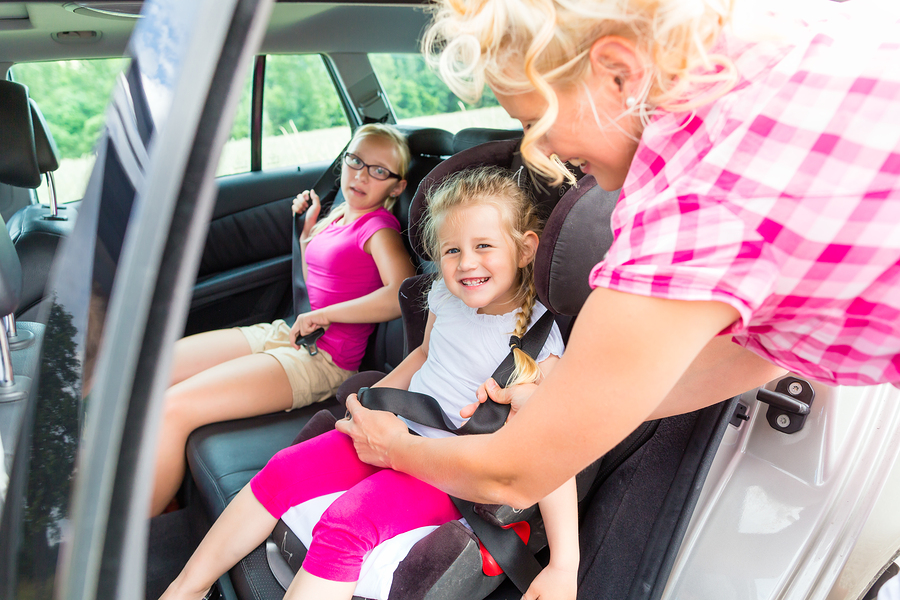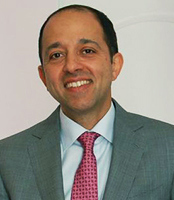 Maxillofacial trauma can be extremely complex and intricate. Different regions of the face control critical functions like seeing, tasting, smelling, speaking and breathing. Like the old adage advises, prevention of maxillofacial injury is truly the best medicine. Products and practices designed to safeguard the face are readily available, but sometimes people are distracted or forgetful and neglect to implement them.
Maxillofacial trauma can be extremely complex and intricate. Different regions of the face control critical functions like seeing, tasting, smelling, speaking and breathing. Like the old adage advises, prevention of maxillofacial injury is truly the best medicine. Products and practices designed to safeguard the face are readily available, but sometimes people are distracted or forgetful and neglect to implement them.
Automobile accidents are a major cause of facial injury. While wearing a seat belt in a car has become second nature to most of us, there are still some who find the restraints constricting and uncomfortable. Too often the consequence of not buckling up is facial injury. As the vehicle operator, the driver must set the standard by wearing a seatbelt. Laws mandate and define the use of approved car seats for children. The child safety seat must be fastened in the back seat of the car according to the manufacturer’s instructions. Verify that each passenger is buckled in before proceeding.
Recreational sports injuries are another frequent cause of injury. Wearing appropriate protective mouth guards, masks, helmets or headgear for activities like mountain biking, skateboarding, rock climbing, skiing, snowboarding and others is an important step toward prevention of harm. Be sure to wear a mouth protector when participating in contact sports. (A follow-up post will discuss recommended protective sports equipment in more detail.)
Around the house, eliminate hazards like throw rugs and clutter that might cause a fall. Gun owners should store weapons and ammunition in separate locked cabinets. In a work setting, be sure to wear a hard hat in industrial areas. Safety glasses, goggles, or face shields protect when using power tools or when participating in an activity where objects could make contact with the face.
Caretakers of young children must take special care to reduce the child’s risk of facial injury. Never leave a child unattended even for a minute to prevent falls from steps or furniture. Baby seats, swings and jumpers all require close supervision and safety straps provided must be buckled properly. Do not use baby walkers at all. They have proven themselves to be quite dangerous even when the child is being closely watched. Use baby gates to block steps. Secure them at the top and bottom of the staircase.
When outside, pay close attention to children on elevated garden walls, patios or decks. Uneven surfaces such as lawns, hills and rocks may be difficult for toddlers to walk on, leading to falls. Children must wear helmets when they are passengers on a bike or are riding a tricycle or bicycle on their own.
Last but not least, the use of alcohol or drugs while playing sports, driving or operating equipment or machinery is not recommended and should be avoided.
 Kayvon Haghighi, DDS, MD, FACS is licensed to practice both medicine and dentistry in the state of New Jersey. Dr. Haghighi’s unique combination of surgical training and experience in facial reconstruction enables him to analyze your condition from multiple points of view.
Kayvon Haghighi, DDS, MD, FACS is licensed to practice both medicine and dentistry in the state of New Jersey. Dr. Haghighi’s unique combination of surgical training and experience in facial reconstruction enables him to analyze your condition from multiple points of view.
